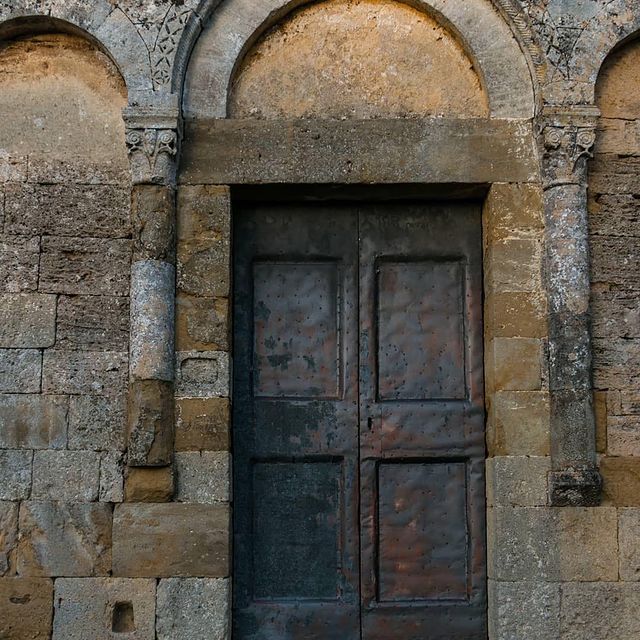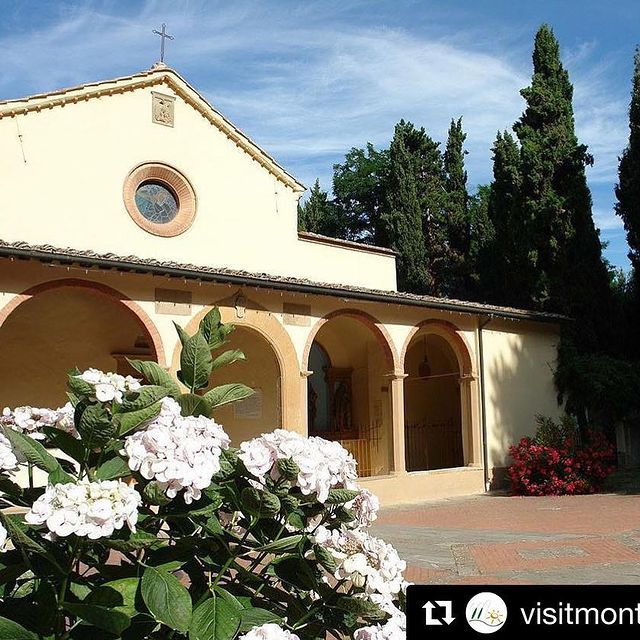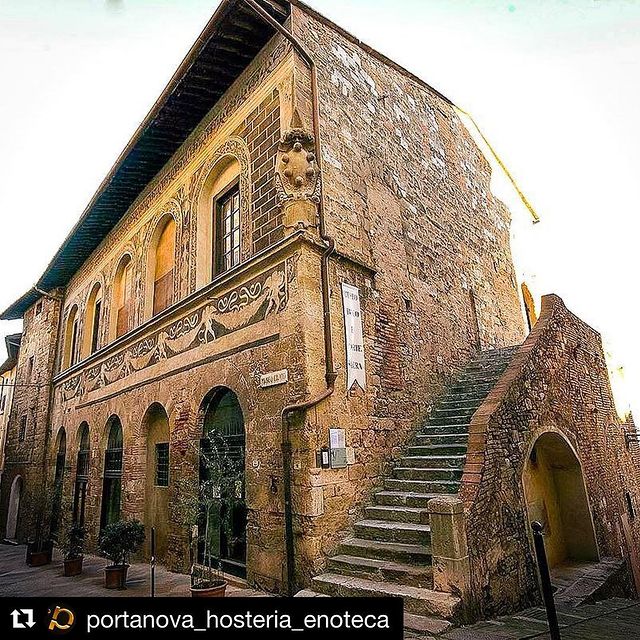Story
Barberino Val d'Elsa
Barberino Val d'Elsa is an Italian Comune (Municipality), in the Province of Florence in the Region Tuscany, located about 30 kilometres (19 miles) south of Florence. The township of Barberino Val d'Elsa is located above the valley pom which it takes its name. The centre of town is still ringed by its original fortifications. The “Piazza Barberino” includes the church of San Bartolomeo which houses a fragment of an annunciation by the school of Giotto (14-15 century), and bust in bronze by Pietro Tacca. The “Via Francesco da Barberino” leads to the 14 century “Porta Senese” (Senese Gate), and the “Ospedale dei Pellegrini” (Pilgrims' Hospice), dating from 1365. The noble Barberini family dynasty began at Barberino Val d’Elsa in the 11 century.
Source: Wikipedia
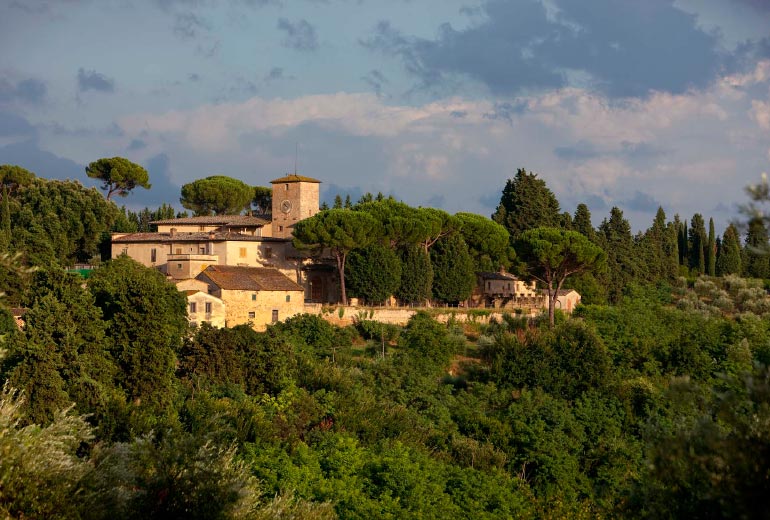
© Bruno Bruchi
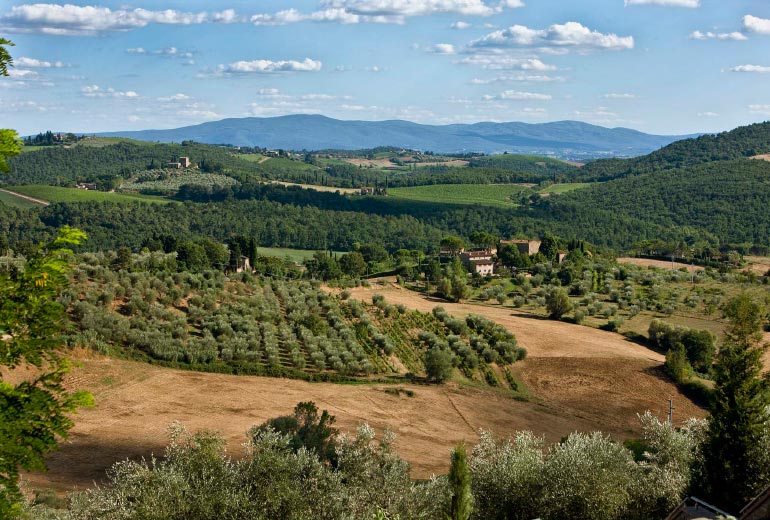
© Gruppo Storico Castelvecchio
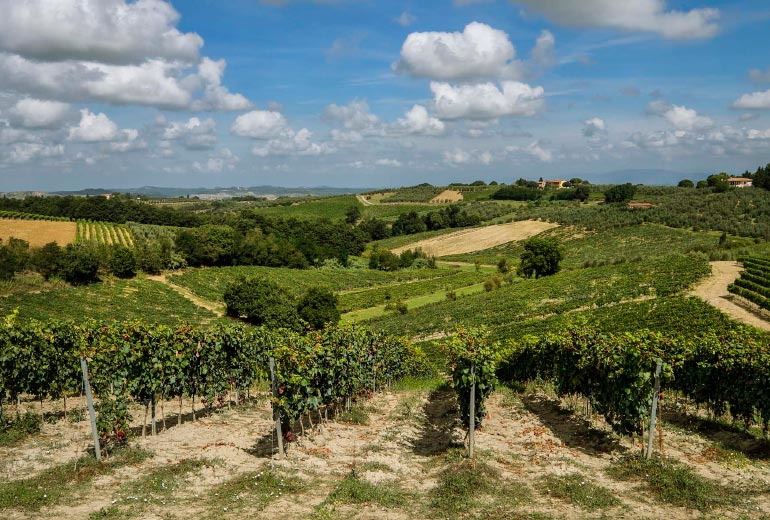
© Bruno Bruchi
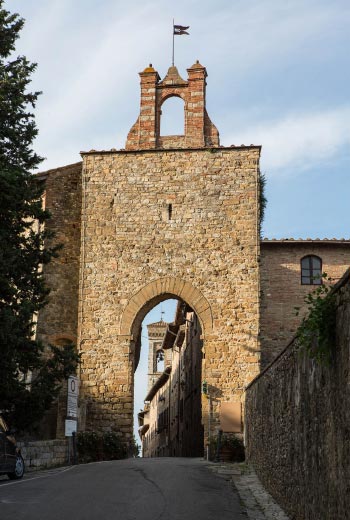
© Gruppo Storico Castelvecchio
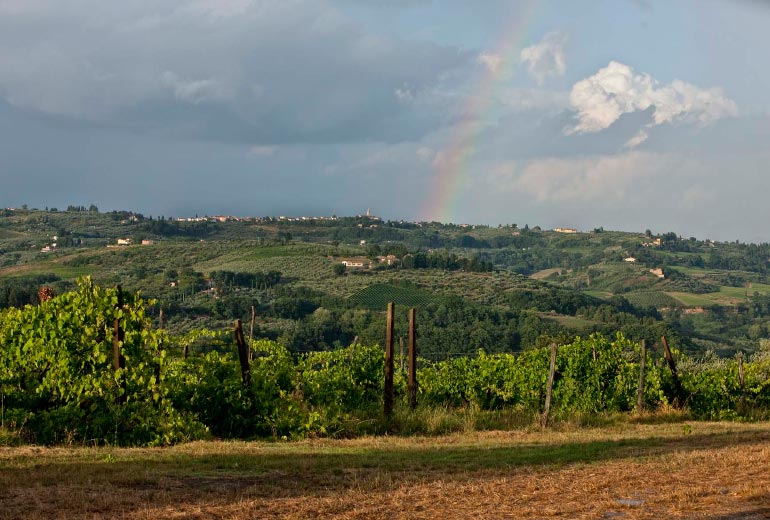
© Bruno Bruchi
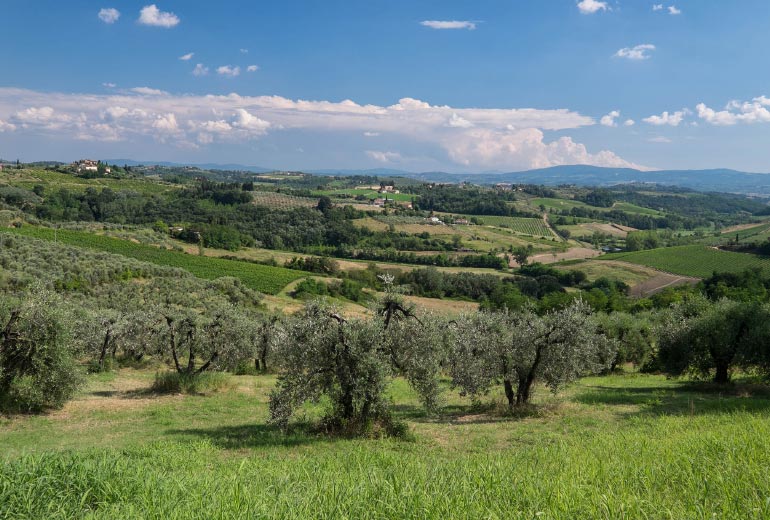
© Bruno Bruchi
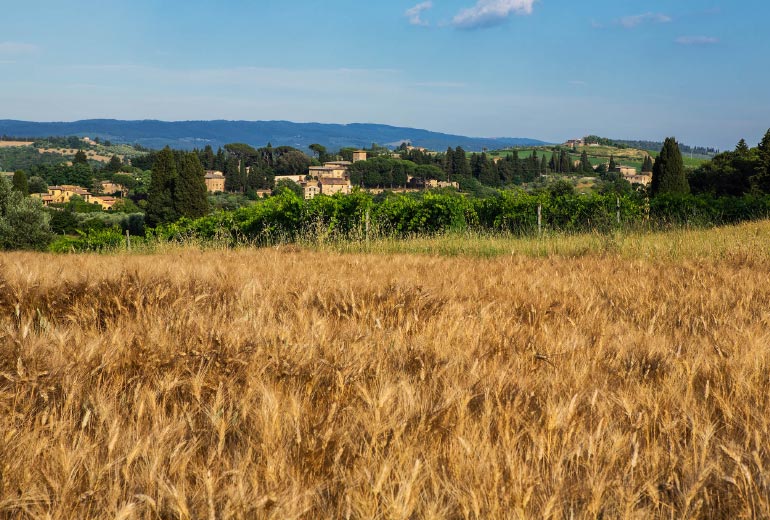
© Bruno Bruchi
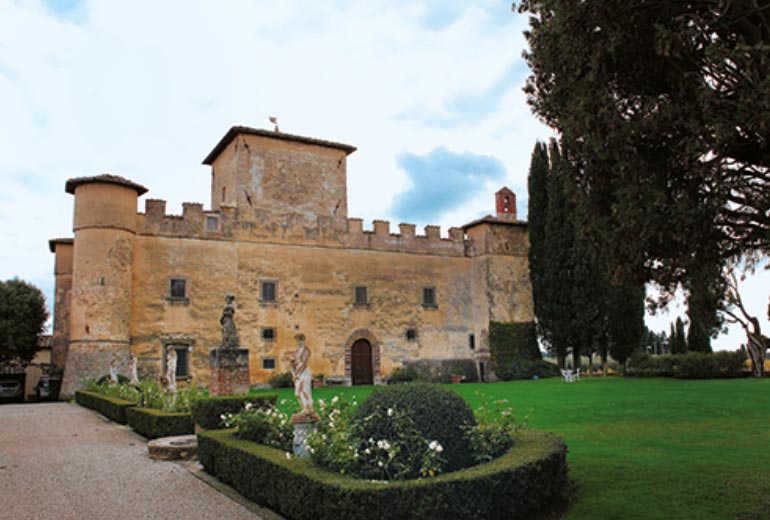
© Gruppo Storico Castelvecchio
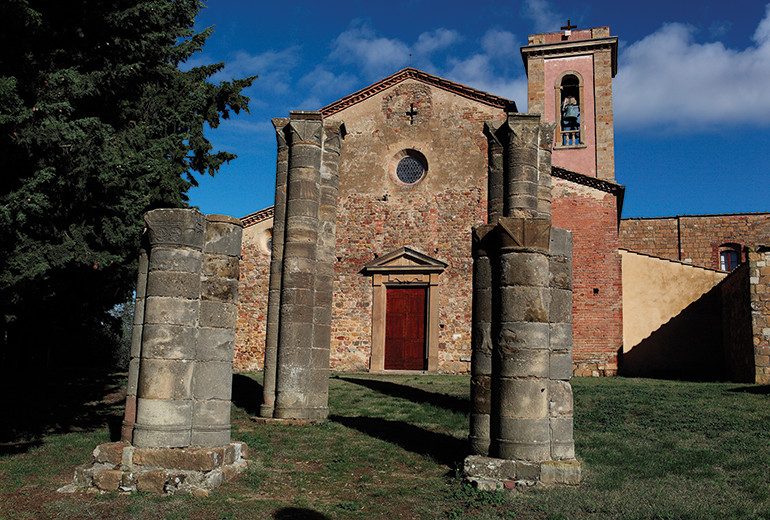
© Gruppo Storico Castelvecchio
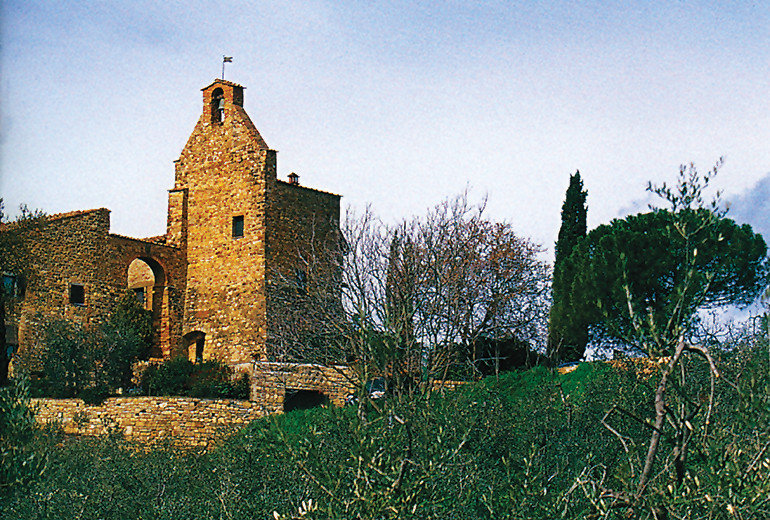
© Gruppo Storico Castelvecchio
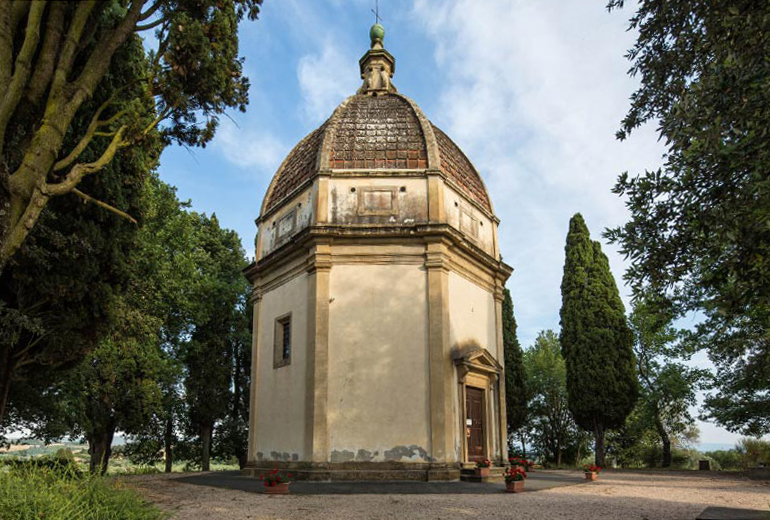
© Gruppo Storico Castelvecchio

© Gruppo Storico Castelvecchio

© Gruppo Storico Castelvecchio
Survey
Historic artistic sites
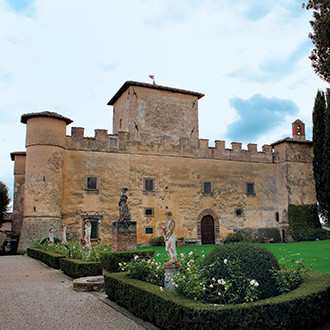
La Paneretta Show position
LOCATION: in an isolated but dominant position, on the right side of a local road which goes from Poggibonsi to Monsanto and beyond.
HISTORIC SIGNIFICANCE: in the XV century the Capponi and Vettori families enlarged an ancient lookout tower which they owned, transforming it into a castle now known as La Paneretta, which one hundred years later was improved during a restoration and walls were covered with frescoes by the Florentine painter, Bernardo Poccetti. Other works were carried out by successive owners: in 1669 by the Riccardi and in 1871 by the Strozzi’s.
DESCRIPTION: the castle is exceptionally large with a central square building containing four towers, of which one is circular and one covered with a roof. Te principal facade has a great entrance door which opens onto a spacious garden.
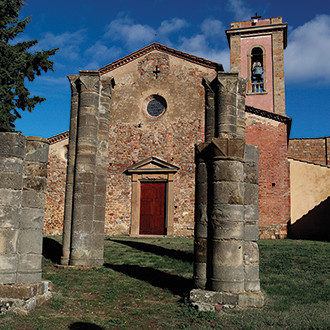
Sant'Appiano Show position
LOCATION: surrounded by a small group of houses on a deviation on the right of the via Cassia, between Barberino Val d’Elsa and Poggibonsi.
HISTORIC SIGNIFICANCE: in 990 the “plebians” of Sant’Appiano existed; in 1171 it ended, for unspecified reasons, the bell tower apparently damaged the religious building which was immediately restored. After a period of prosperity, the church became totally unused, so much so that in 1446 the left nave had to be restored.
In 1701 it was demolished because it was structurally dangerous the late Medieval baptistery in front of the facade was restored in 1893.
DESCRIPTION: the church is basilica in plan with three naves and one central apse. The facade is asymmetric with part Romanic and the rest Romanesque. Attached is the vicarage and the remains of the cloister of the 13th century. In front of the facade are the columns of the above mentioned baptistery.
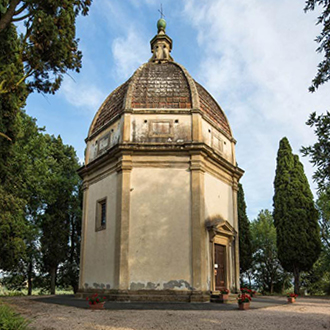
San Michele a SemifonteShow position
LOCATION: in an isolated and dominant position, on the road leading from Barberino Val d’Elsa to Certaldo, passing through San Donnino.
HISTORIC SIGNIFICANCE: the chapel was built as a memorial to the city of Semifonte which had been destroyed by the Florentines at the beginning of the XIII century. The illustrious Prelate, Giovan Battista Capponi, a Canon of Santa Maria del Fiore in Florence, had it built in the fifteen hundreds.
The building was designed by the architects Santi di Tito and Gregorio Pagani who used as their model the cupola of the Duomo of Florence, designed by Filippo Brunelleschi. There followed a slow process of deterioration which stimulated a recent restoration.
DESCRIPTION: this religious building with an octagonal plan as is usual for a commemorative chapel, has the severe classical lines of Renaissance architecture, but in miniature form, and is all ways similar to the above mentioned cupola of the Duomo of Florence.
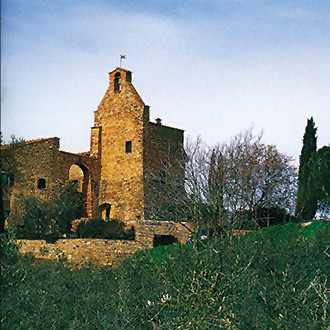
Tignano Show position
LOCATION: in a elevated position which can be reached from a deviation on the right of the state highway N. 2 Via Cassia, between Barberino Val d’Elsa and Tavarnelle Val di Pesa.
HISTORIC SIGNIFICANCE: Tignano was originally a fortified castle which dates back to the end of the XII century or the beginnings of the next century.
It was recorded in the fifteen hundreds as forming part of the jurisdiction of Barberino Val d’Elsa, which at that time was part of the vicariate of Certaldo. When no longer used for military purposes, it was converted into a hamlet or village and still conserves many of its ancient characteristics.
DESCRIPTION: this is an attractive village, for the most part its surrounding wall is intact in which there is the large entrance gate with slightly flattened arch above beside a solid construction which at one time probably operated the drawbridge.
Inside the surrounding walls is a piazza with the main buildings of the village set around it.

San Giorgio AllerossoShow position
LOCATION: in a isolated dominant position, a short distance from the local road which goes to San Donato in Poggio, in the direction of Siena.
HISTORIC SIGNIFICANCE: the first documents relating to this church are dated 19th April 1184 and record that it was built to offer hospitality to travellers as well as to record an armed clash between the soldiers of Florence and Siena.
Its decay and abandon was the result of a reduction of travellers and pilgrims using this road when travelling from Florence to the Via Francigena.
DESCRIPTION: a building of rectangular plan without apse constructed of squared cut stone. On the lateral walls are traces of two doors, one opposite the other, partially closed and used as window, With time the roof has fallen in and the rear wall shows deep vertical cracks.
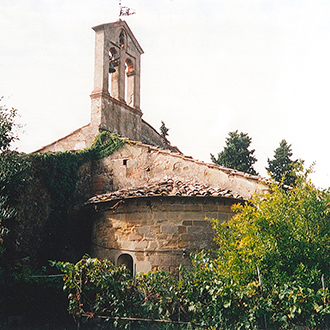
San Martino a PastineShow position
LOCATION: in the midst of a group of buildings which form part of a small urban area known as Pastine, on the local road which goes from Barberino Val d’Elsa to Vico d’Elsa.
HISTORIC SIGNIFICANCE: the church which existed in the XII century is dedicated to Saint Martin, the patron on travellers, and for this reason it was placed on the road which links Barberino val d’Elsa to the lower part of the valley.
After having been under the patronage of the Ubaldini family for many years, architecturally and as a building without extensively altering original building.
DESCRIPTION: the facade is clearly visible, is built of sandstone and travertine, with entrance door and blind arches above, the coat of arms of the Ubaldini family and rose window. On either side are two fragments of white marble of the Roman‐Imperial period. The wall on the right shows traces of a fire and that on the left appears to be subsidings and has been partially covered by relatively recent building. The apse, built of stone, show signs of deterioration.
Photogallery
#instavaldelsa
We want people to get to know the Valdelsa through your point of view. Show us how you see our countryside with your smartphone, posting pictures on your Instagram profile using the hashtag #instavaldelsa. The most beautiful pictures will be picked and posted on the official account @valdelsaintoscana. Share your Valdelsa Experience!
